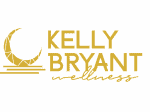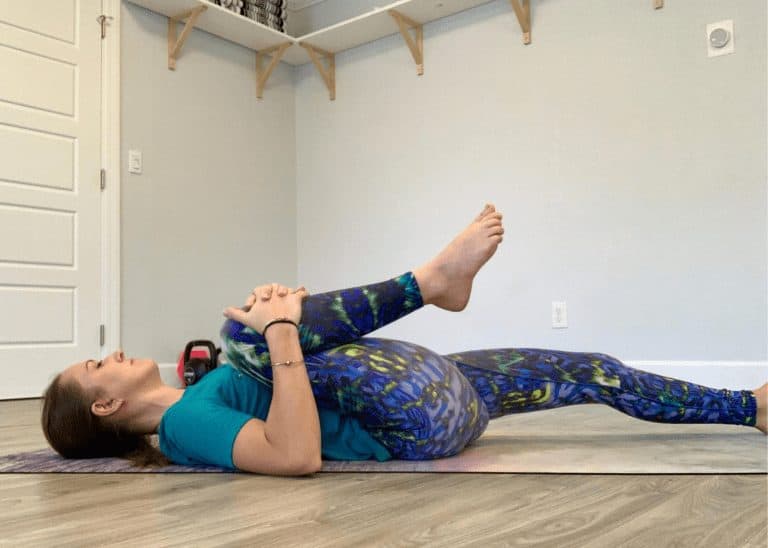When you make your bed every day, making your bed is easier.
If you follow me on Instagram, you’ve probably seen that I post a time-lapse video of me making my bed every morning. This is a new habit that I just started building during quarantine when my schedule changed and I was still home after everyone else left for the day.
Making the bed these past couple months has taught me so many things. It’s truly such a good metaphor for the rest of life. One of those lessons:
When you make your bed every day, making your bed is easier.
Making the Bed as a Metaphor for Getting Pain-Free
Yesterday, was my first day home from vacation, I was back in the studio teaching, and I just never got around to making the bed. This morning, when I started to make the bed, it was a disaster!
The sheets were all twisted, the blanket was shifted way off to one side. It took an extra minute or so to get everything sorted out.
We’ve all experienced this in our bodies, right? Whether it’s been years or weeks, when we stop moving our bodies, our bodies revolt! When we try to do a yoga pose or go for a run again, everything is a creaky, cranky mess.
So often we want to hold out on doing a workout or getting pain free until we can do the really fancy 75-minute yoga class, or get back to our Crossfit box, or take a 10-mile hike. These things are all awesome, but what our bodies really need is movement every day. Not huge, time-consuming, Insta-worthy movement, but just a little movement every day.
One of the things I do with clients is help them build their Minimum Viable Practice (MVP).
Your MVP for Pain-Free Living
Some of you may know that before running off to the horizon to follow my dreams, I worked at a tech startup. In tech, I learned about the Minimum Viable Product — also called the “MVP.” The MVP(roduct) is the simplest, least-complicated version of a product that you can release to validate your idea and begin getting feedback.
Many of us have made the mistake of building something enormous and complicated, only to discover that the thing we built wasn’t actually the thing we (or our client or our family) actually needed in the first place. An MVP allows you to save precious time and start learning quickly.
When we start embodiment practices, we start discovering things: “Whoa! I have no overhead mobility in my shoulder!” “Holy cow, I had no idea my hip flexors were so tight!” And so, we develop theories: “I bet if I loosened up my hip flexors, I’d have less back pain.” “I think I need to strengthen my lats to give my upper traps some rest.”
Sometimes we make the mistake, though, of thinking the best course of action, then, must be to do an hour-long hip-flexor-releasing workout 3 times a week. We try it… and one of three things is likely to happen:
- Maybe we’re lucky, and that was the right “treatment,” and we’re able to stick with it, and — hurray! — the back pain goes away.
- Or, more likely, that either wasn’t the right thing or
- You weren’t able to stick with it, cause an hour three times a week is hard!
So, the MVP(ractice) allows us to apply some information, test a hypothesis, and validate what our body actually needs to get pain-free. We do 10 minutes of hip flexor release, and see an improvement (or not), and so we know we’re on the right path.
And the other cool learning that can come from a Minimum Viable Product or Practice… sometimes you don’t need all the bells and whistles you imagined you did, after all. If you can make huge strides just from your daily practice, you might not need the fancy yoga class or strength-workout to get results. And then — and this is the magic part — you get to do the movements you love, without pain, just because you love them.
The takeaway here is that when you move every day, there is never a big ol’ mess in your body that you have to clean up. It takes a couple minutes to fine tune each morning, and then you’re pain-free and ready to tackle the day.
When we leave our movement practice out, things go south quick — especially when you’re recovering from injury or birth.
Little movements. Every day. Make your bed and it’s easier to make your bed.

